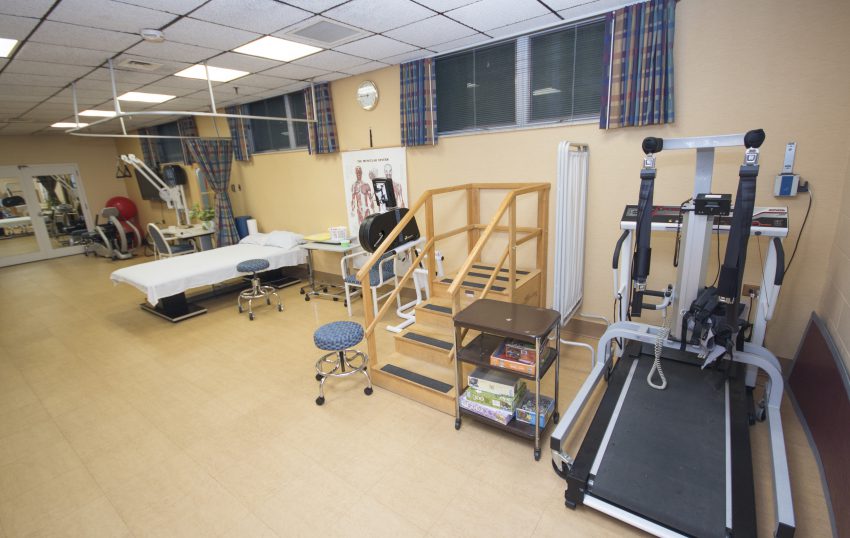Exploring the Diverse Techniques of Physiotherapeutic Therapy for Improved Recovery and Rehabilitation
Exploring the Diverse Techniques of Physiotherapeutic Therapy for Improved Recovery and Rehabilitation
Blog Article
Physical rehabilitation is an essential discipline that helps people heal from injuries, surgeries, and various health conditions. It entails a variety of methods aimed to enhance mobility, reduce discomfort, and boost overall physical function. Physical practitioners are trained experts who assess each client’s requirements and create personalized treatment plans. These plans often include exercises, manual therapy, and instruction about body mechanics. By employing these varied approaches, physiotherapy can significantly improve a person’s standard of living.
One common technique used in physical is rehabilitative activity. This involves targeted actions and activities that assist build muscles, enhance range of motion, and increase stamina. For instance, a patient recovering from knee operation may engage in exercises that focus on rebuilding strength in the lower limb muscles. These exercises are meticulously chosen based on the individual’s status and goals. By incrementally boosting the intensity and complexity of the exercises, physiotherapy therapists can assist clients regain their strength and mobility over time.
Another important method is hands-on treatment, which includes hands-on approaches to manipulate the body’s tender tissues and articulations. This can involve stretching, joint movement, and manipulation. Hands-on therapy aims to alleviate pain, minimize swelling, and enhance blood flow. For instance, a practitioner may use light force to relieve tension in stiff muscles or to assist a joint function more freely. This method is often combined with other therapies to enhance rehabilitation and encourage healing. Patients often consider manual treatment to be a relaxing and beneficial way to manage their pain.
In addition to workouts and manual treatment, education plays a vital role in physiotherapy. Therapists instruct patients about their issues and how to handle them efficiently. This may include guidance on correct alignment, body mechanics, and techniques to avoid future traumas. For instance, a practitioner might show a client how to raise heavy items safely to prevent straining their spine. By empowering patients with knowledge, physiotherapy therapists help them take an active part in their recovery and promote long-term wellness and fitness.
Finally, technological advancements is increasingly being incorporated into physiotherapy practices. Devices such as ultrasound, electrical impulses, and virtual reality can improve conventional treatment approaches. These technologies can assist alleviate discomfort, promote recovery, and offer engaging methods for patients to participate in their recovery. For example, virtual environments can create engaging environments for clients to practice actions in a controlled and protected setting. As technology continues to develop, it offers promising possibilities for improving recovery results in physical.
In summary, physical encompasses a range of methods that work in unison to support rehabilitation and rehabilitation. Through rehabilitative exercises, physical therapy for neurological conditions manual treatment, patient education, and the application of technological tools, physical practitioners provide comprehensive treatment tailored to each individual’s requirements. This holistic approach not only assists clients regain their bodily abilities but also empowers them to maintain their well-being in the long-term run. As more individuals recognize the benefits of physiotherapy, it remains to play a vital part in the pathway toward improved well-being and fitness.